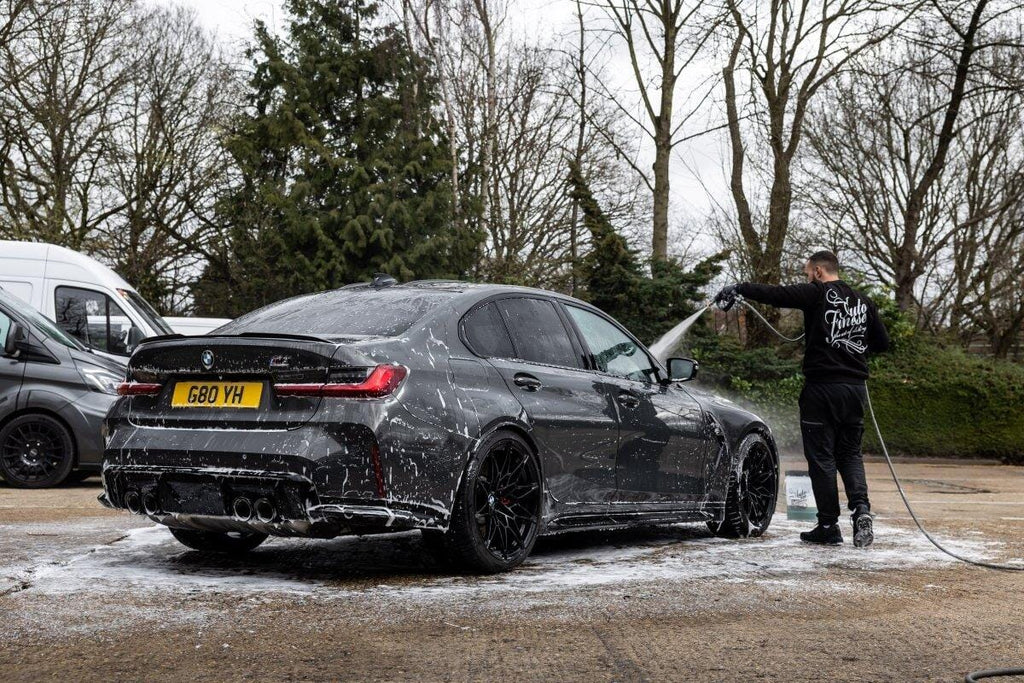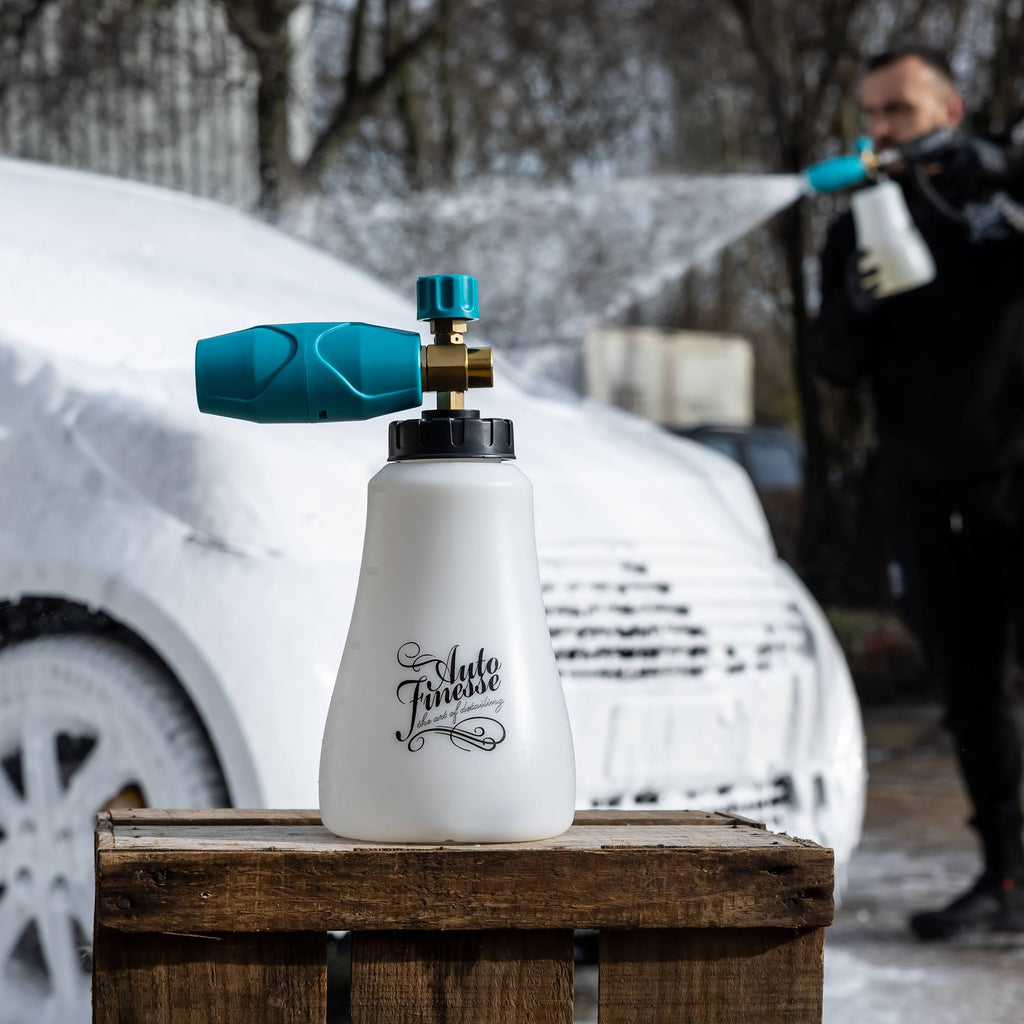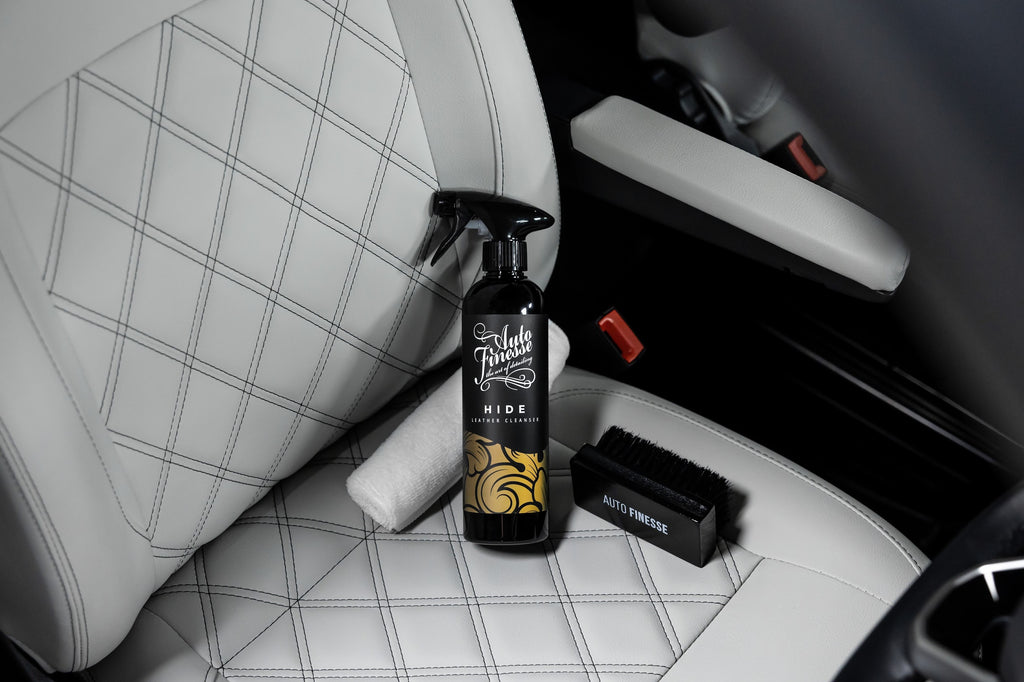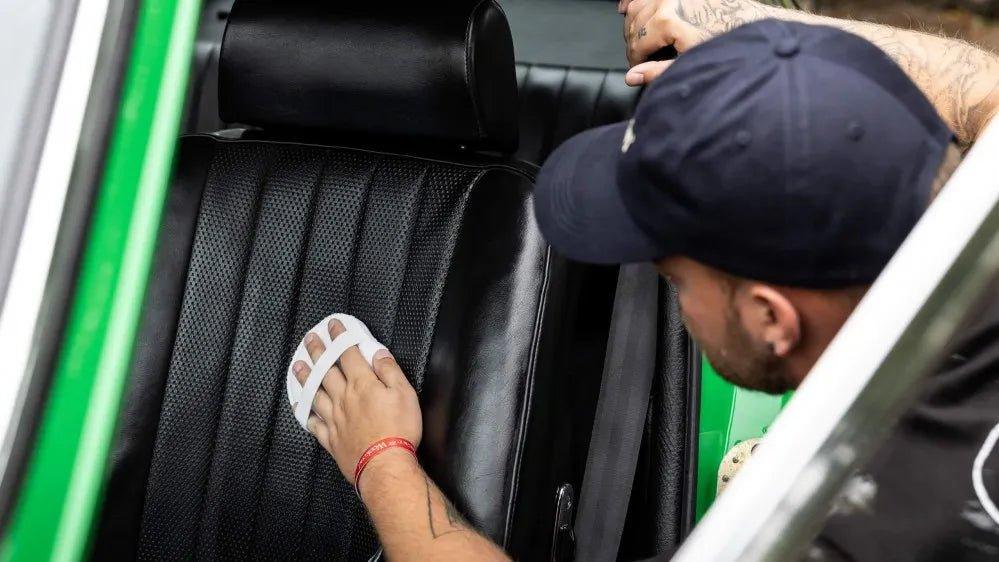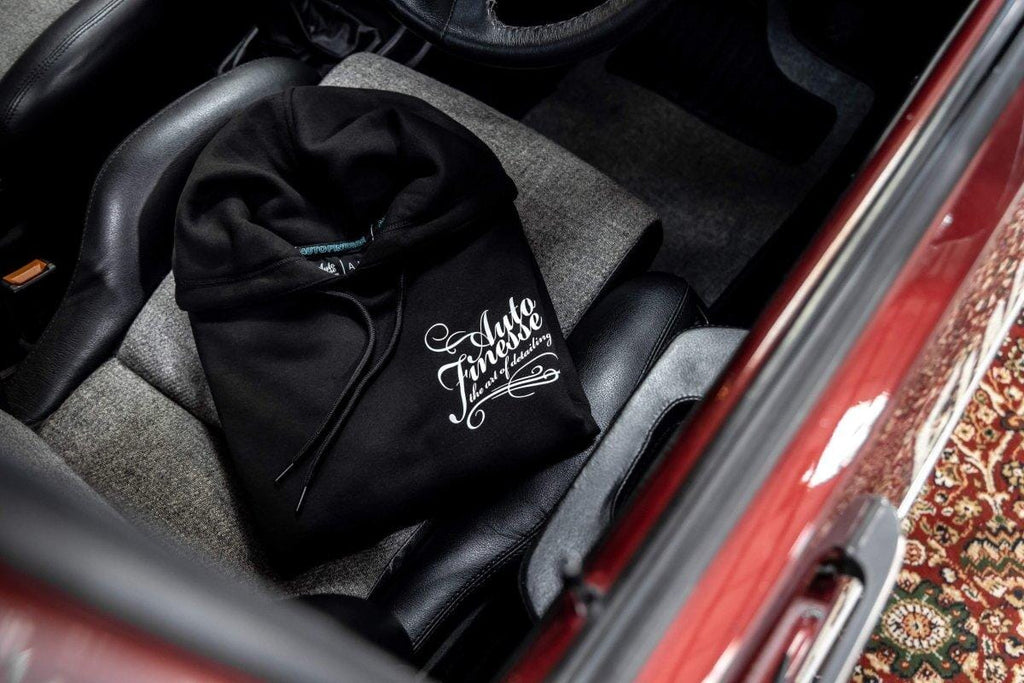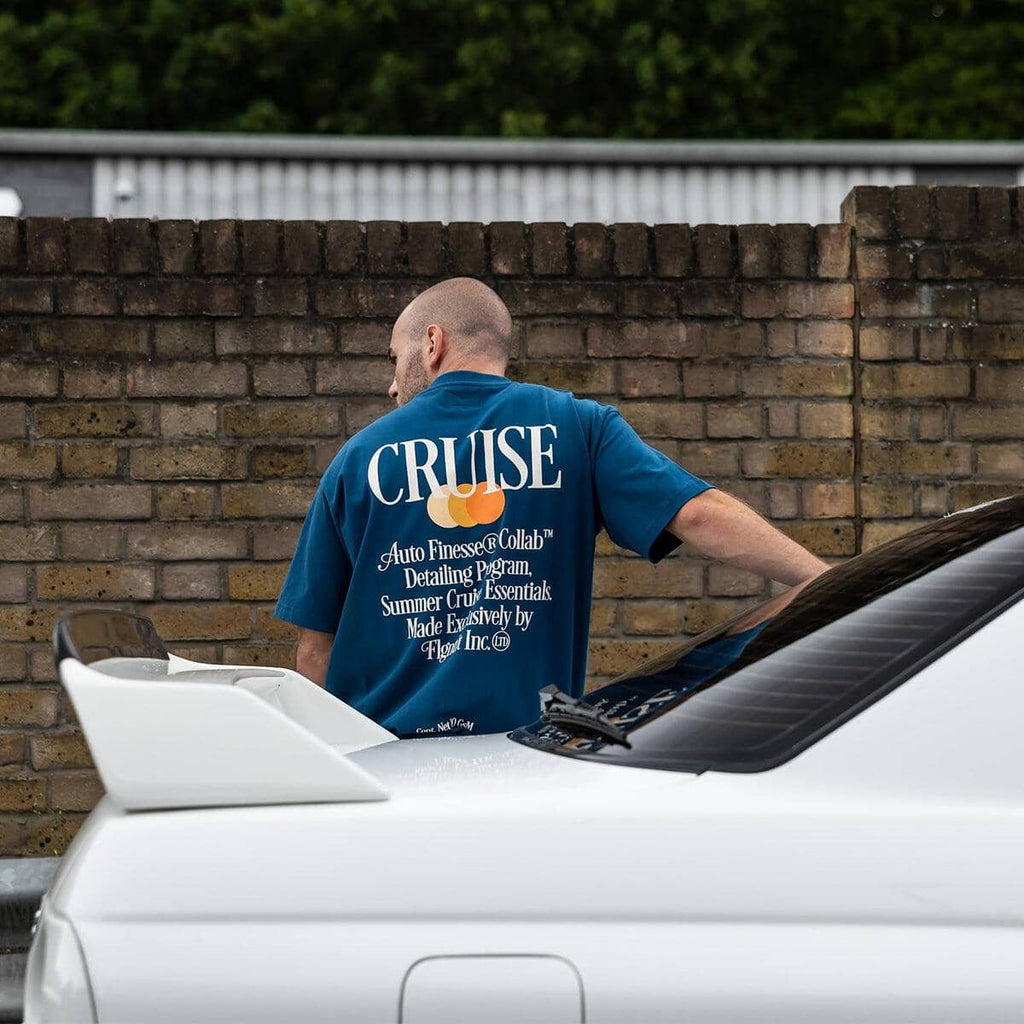Product Information
The Auto Finesse Detailing Academy Machine Polishing Course drops you straight in at the deep end learning the true art of machine polishing. Not an easy thing to master by yourself, which is why we’ve put together this course to give you the skills and the knowledge to do it at home with confidence.
Our Machine Polishing Course is a one-day course that focuses on paint correction, the use of Dual Action and Rotary Polisher, advanced cutting and thorough tutorial on all the different polishing foam pads. Our master detailers will also take you through how to properly inspect paintwork using visual inspection techniques, PTGs and Gloss meters.
The course is held for a maximum of 5 People at a time at our state-of-the-art Detailing Academy in Bishop's Stortford, Hertfordshire.
Here’s what is covered during the day, in a little more detail:
PREPARATION OVERVIEW AND RECAP
A vehicle will have already been prepped and decontaminated ready for your arrival in order for the Machine Polishing Course to commence. We will start by having a short recap into correct preparation processes, making sure you personally understand why each stage is so important to the machine polishing process. By way of ensuring that these preparation processes are correctly completed, we are able to unveil all of the swirls, scratches and holograms that will need work at the machine polishing stage.
PAINT TYPES AND SUBSTRATES
Before putting pad to paint, we need to understand what we are working with and how this will influence our choice of pads, compounds and polishes later on in the process.
Not all paints are created equally, therefore we have to understand the different paint types and finishes our there - the better we can assess the paint type from the outset, the more accurate and efficient the polishing becomes. There are many factors when it comes to the assessment of paint, including the paint’s age, material (whether painted metal, fibreglass or plastic), thickness and condition; to name but a few. Different surfaces will disperse heat at different rates - all of which will be talked about on the day.
PAINT ASSESSMENT AND DEFECT SPOTTING
We will cover the range of defects that you may expect to find on a vehicle, ranging from fine holograms, wash marring, swirl marks, through to deeper random isolated scratches. We may also run into signs that a panel has been previously painted by a mismatch in surface texture or contamination trapped in the painting process. Assessing the surface you’re working on is crucial in order for us to attack a panel in the correct manner. For example, there is no need to heavily compound a panel if only a few light holograms are present in order to preserve as much paint as possible.
POLISH PREPARATION
We will demonstrate the different ways that you can protect delicate areas on your vehicle. This will help you to avoid burning through on edges, dry foam scrubbing adjacent panels and damaging your compounding and polishing pads. We will go through the masking-up of delicate areas, as well as explaining why it’s useful to cover over larger areas such as grills, air vents, windscreens and wheels.
PAINT POLISHING
This will be tackled with our heaviest and most aggressive compound, Revitalise No.1. With the use of Revitalise No.1, we will teach you how to remove deeper isolated scratches, heavy swirl marks and even oxidisation. Although Revitalise No.1 will remove the heaviest and deepest defects, it will also induce its own marring due to its heavy nature. This is where we will now step down and work with Revitalise No.2, teaching you how to refine the haze left by No.1. We will also be able to easily remove wash marring and swirl marks at this stage. Finally, we will teach you how to properly finish your paint down to a glass-like clarity with Revitalise No.3.
PAD CLEANING AND POLISHING ACCESSORIES
We will take you through how to effectively clean and maintain your polishing pads. It’s important to remove dead paint and any remaining residue from products to get the most from your pads and the polishing process. Taking care of your pads will also help them to last longer. We will also explain all of the relevant polishing tools and accessories we use when polishing paint. This will cover the different forms of light sources down to small pad cleaning brushes and airline attachments.
WAXES, SEALANTS AND COATINGS
During the Machine Polishing Course, we will cover all aspects of the last stage; the protection process - everything from natural waxes, synthetic paint sealants and also our own range of paint coatings, Caramics. The protection stage is vitally important following a polishing session, as applying a coating wrong at this point may leave you in a position whereby you need to do more polishing to rectify it. We will also explore how the three different products can work together and be layered to create an unrivalled depth of gloss and durability, making your car a breeze to clean and maintain in the future.
Product Summary
